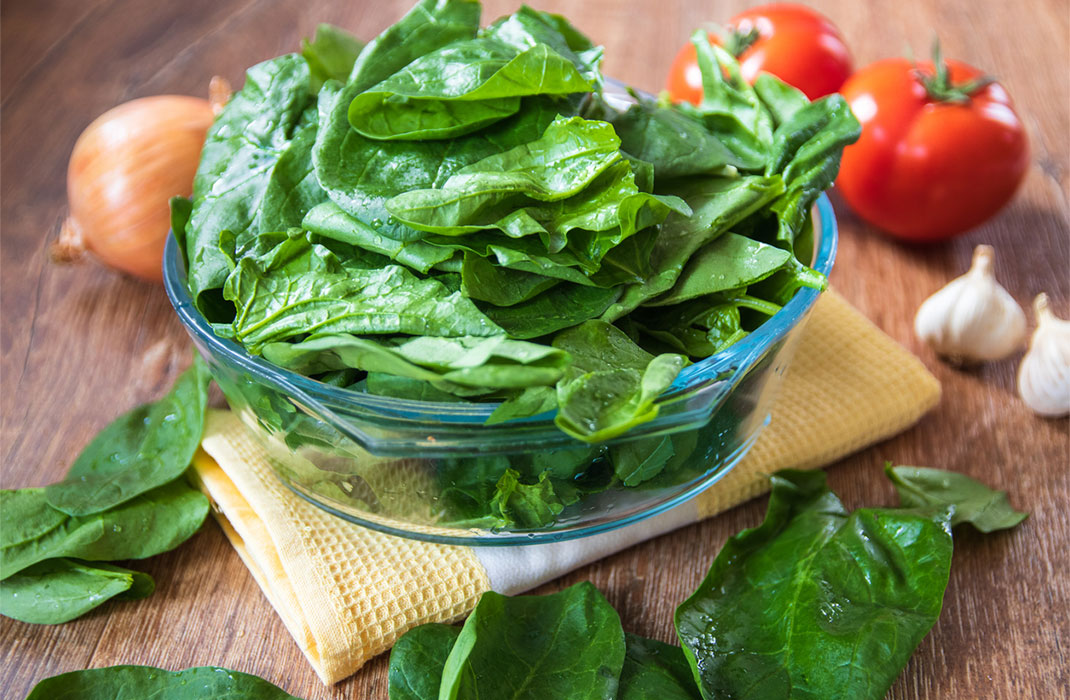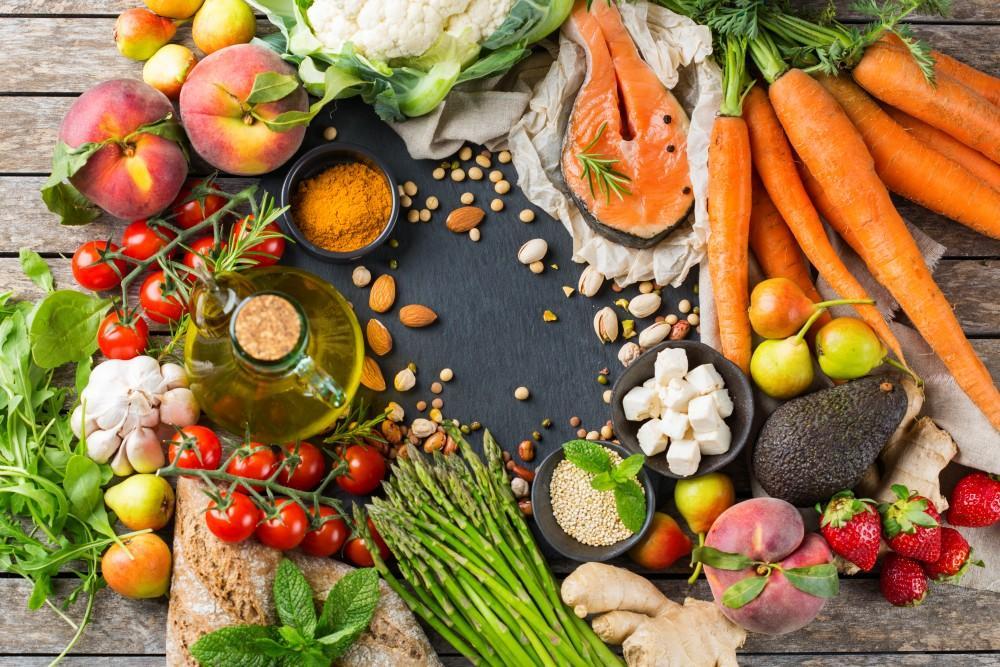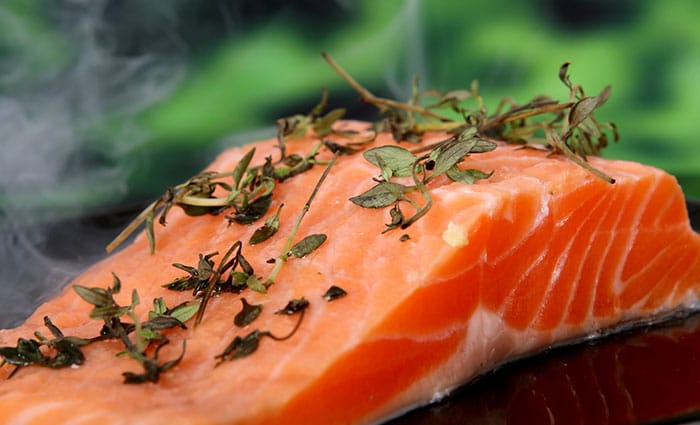Joint pain, a common ailment that can significantly impact our quality of life, often stems from inflammation within the joints. While medical treatments are essential for managing chronic joint conditions, incorporating specific foods into our diet can offer a valuable and natural approach to reducing inflammation and alleviating discomfort. Nature provides a rich array of ingredients packed with compounds that possess anti-inflammatory properties and contribute to overall joint health. Let’s explore some of the most beneficial foods you can include in your daily meals to support joint health and potentially reduce pain.
It’s important to understand that dietary changes work best as a complementary strategy alongside medical advice and other healthy habits. Consistently including these nutrient-dense foods in a balanced diet can contribute to long-term joint health and may help manage the severity of joint pain.
1. Fatty Fish: Rich in Omega-3 Fatty Acids
Oily fish like salmon, mackerel, sardines, and trout are excellent sources of omega-3 fatty acids, particularly EPA (eicosapentaenoic acid) and DHA (docosahexaenoic acid). These essential fats have potent anti-inflammatory effects, which can help reduce joint swelling and pain. Aim to include fatty fish in your diet at least twice a week.
2. Berries: Packed with Antioxidants
Berries such as blueberries, strawberries, raspberries, and blackberries are rich in antioxidants, especially anthocyanins, which have strong anti-inflammatory properties. These compounds can help protect the body against free radical damage, which contributes to inflammation. Enjoy a variety of berries as snacks or additions to meals.
3. Extra Virgin Olive Oil: A Source of Healthy Fats and Oleocanthal
High-quality extra virgin olive oil is rich in monounsaturated fats and contains oleocanthal, a natural compound with anti-inflammatory effects similar to some pain relievers. Use extra virgin olive oil in salad dressings and for light cooking to potentially benefit from its properties.
4. Turmeric: The Golden Spice with Curcumin
Turmeric, a vibrant yellow spice, contains curcumin, a powerful antioxidant and anti-inflammatory compound. Studies suggest that curcumin can help reduce joint pain and stiffness by blocking inflammatory pathways in the body. Enhance its absorption by pairing it with black pepper.
5. Ginger: Natural Anti-Inflammatory Properties
Ginger, a root with a warm and spicy flavor, contains natural anti-inflammatory compounds called gingerols. Research has shown that ginger can help reduce pain and improve function in individuals with osteoarthritis and rheumatoid arthritis. Incorporate fresh ginger into teas, soups, and stir-fries.
6. Nuts and Seeds: Healthy Fats and Essential Nutrients
Nuts and seeds, including almonds, walnuts, chia seeds, and flaxseeds, are good sources of healthy fats, fiber, vitamin E, and magnesium, all of which can contribute to reducing inflammation and supporting joint health. Enjoy them as snacks or add them to your meals.
7. Leafy Green Vegetables: Nutrient-Rich and Anti-Inflammatory
Dark leafy greens like spinach, kale, and collard greens are rich in vitamins, minerals, and antioxidants, including vitamin K, which is important for bone health. They also contain compounds that may help reduce inflammation.
8. Broccoli and Cruciferous Vegetables: Sulforaphane Power
Broccoli and other cruciferous vegetables like cauliflower and Brussels sprouts contain sulforaphane, a compound that has shown anti-inflammatory effects and may help protect cartilage.
9. Garlic and Onions: Flavorful Inflammation Fighters
Garlic and onions contain sulfur compounds that have demonstrated anti-inflammatory effects and may help alleviate some forms of joint pain. Incorporate them generously into your cooking for both flavor and potential health benefits.
10. Whole Grains: Fiber and Reduced Inflammation
Whole grains like oats, brown rice, and quinoa are high in fiber, which can help lower inflammatory markers in the body. They also provide essential minerals that contribute to overall health.
11. Citrus Fruits: Vitamin C and Collagen Support
Citrus fruits such as oranges, grapefruits, and lemons are rich in vitamin C, a potent antioxidant that plays a crucial role in collagen production, a key component of healthy cartilage.
12. Legumes: Fiber, Protein, and Antioxidants
Lentils and beans are excellent sources of protein, fiber, and antioxidants, including anthocyanins in darker varieties. These nutrients can help reduce inflammation and support muscle and joint health.
13. Green Tea: Polyphenol Powerhouse
Green tea is rich in polyphenols, particularly epigallocatechin-3-gallate (EGCG), a potent antioxidant with anti-inflammatory properties. Regular consumption of green tea may help reduce inflammation and even slow down cartilage destruction.
14. Cherries: Anthocyanins for Pain Relief
Cherries contain compounds called anthocyanins, which are antioxidants that work to alleviate pain and reduce inflammation. Studies have shown potential benefits of cherry consumption for gout and osteoarthritis.
Incorporating these foods into a well-balanced diet can be a delicious and proactive way to support your joint health and potentially reduce pain. Remember to consult with your healthcare provider for personalized advice and to discuss any significant dietary changes.







